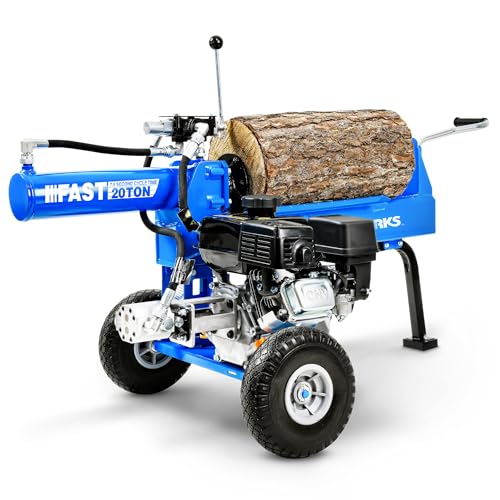Ddogwood
ArboristSite Lurker
Here's another wild stab. Have you taken a flywheel cover, complete with recoil, starter rope, etc., from another 201 & tried it in place of your original.
FWIW, when I bought my 201 in 2012, you could not pull the chain along the bar by hand when the clutch cover was tightened, even if the tension was loose enough to allow the chain to sag slightly. The problem turned out to be the little white plastic tabs in the clutch cover which bound the chain. Once the saw was started & revved a couple of times, the excess plastic was quickly worn away, & the problem was solved.
It is interesting that you are mentioning the chain issue, for I too have noticed that; if I adjust the chain to normal, but slightly loose tension, and then tighten down the cover; it is difficult to pull the chain along the bar. If I loosen the chain enough to sag on the bar, and then tighten the cover, it is easier to pull the chain along the bar, and it is slightly easier to pull-start.
I have inspected the clutch cover on many occasions to see if there is any apparent wear or binding occurring, either on the teflon chain guides, or on the chain brake, or if the clutch is rubbing against the cover in any manner, but there is no sign of wear or binding occurring. Also, the saw has had enough hours it to have worn away any excess plastic that may have been binding the blade, I would think.
Also, to side-step any questions regarding the condition of the clutch and bearings, there is no slop in the bearing, or wobble in the clutch or sprocket. They all spin smoothly with no play in them that might be causing them to rub against the cover when the blade is tensioned properly and the cover tightened down.
However, the chain adjustment is an issue on this saw.
I noticed that the original bar that came with the saw was in bad shape. The owner tended to over tighten the chain to the point that the bar was splaying at the tip creating burring along the outside edges of the chain channel (or chain guide), and that bar sprocket at the tip no longer spun smoothly, even when cleaned and oiled. So, I purchased and installed a new Stihl bar and chain and installed them. I thought that this would take care of the adjusting problem, but no such luck. If I properly tighten the chain and cover, it is still very difficult to pull the chain along the bar and the pull-start is harder. if I loosen the chain to sagging and tighten the cover, it is easier to pull-start. There is definitely something wrong with the chain adjustment on this saw, and it is an issue that may be design related?
Regardless; if remove the clutch cover, the bar and chain, and clutch; it is still hard to pull-start. That is, the saw would still be too hard to pull-start if up in a tree.
Thanks for your valuable input.
Ddogwood
























































